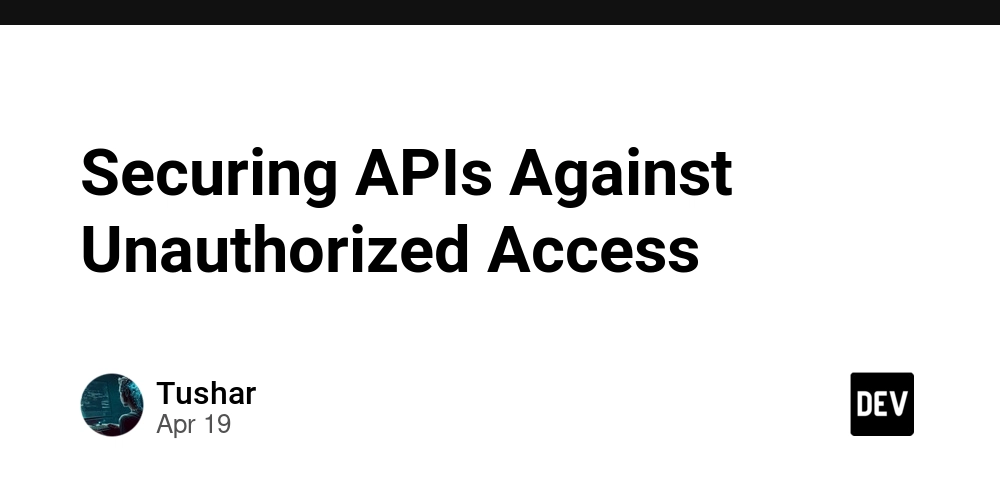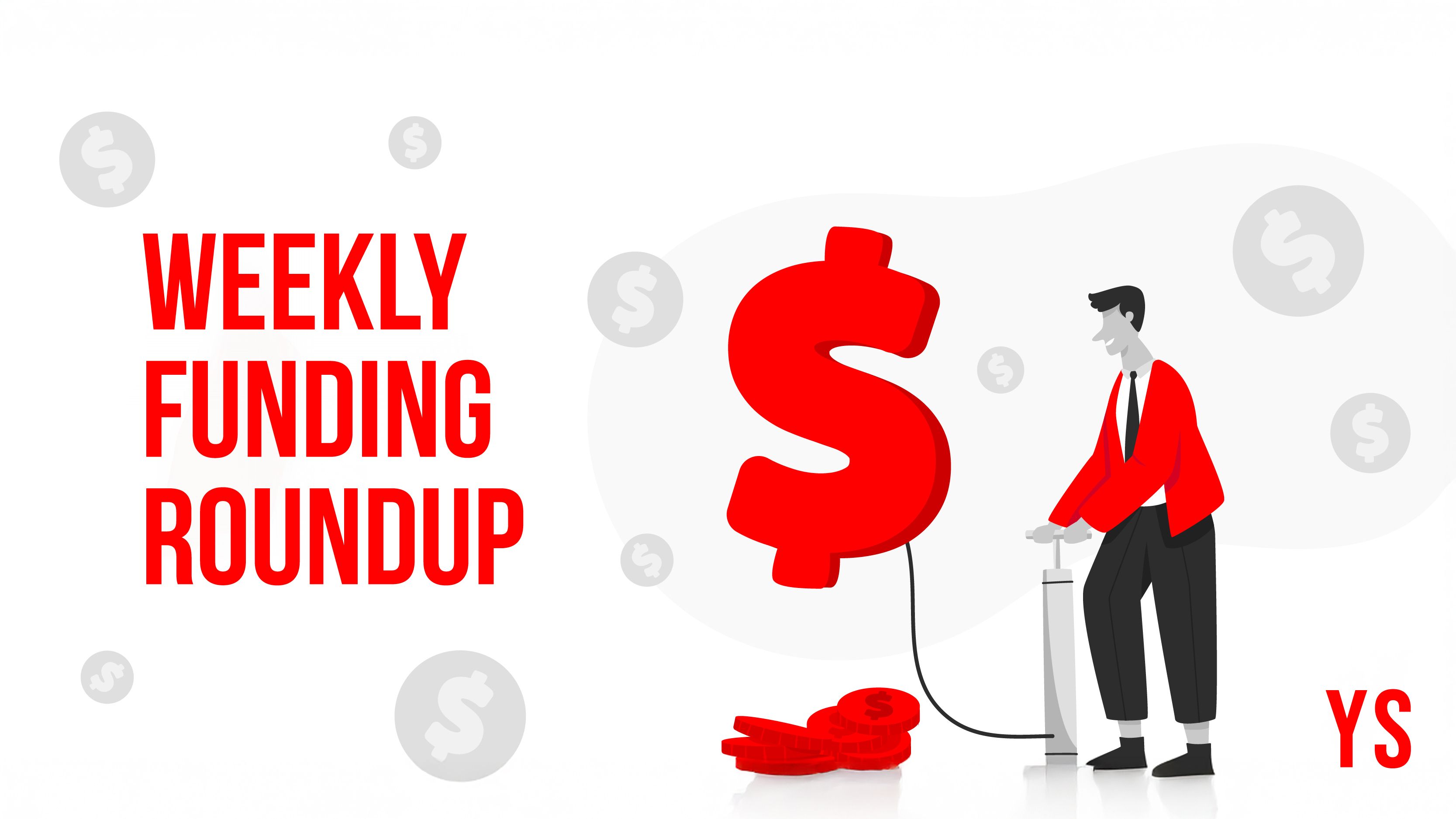Securing SaaS Applications – Best Practices for CISO Oversight
As organizations increasingly migrate to cloud-based software solutions, Chief Information Security Officers (CISOs) face the complex challenge of securing Software as a Service (SaaS) applications across their enterprise. The rapid adoption of SaaS has created a dynamic security landscape in which traditional perimeter-based controls are insufficient. Today’s CISOs must develop comprehensive strategies that address SaaS’s […] The post Securing SaaS Applications – Best Practices for CISO Oversight appeared first on Cyber Security News.

As organizations increasingly migrate to cloud-based software solutions, Chief Information Security Officers (CISOs) face the complex challenge of securing Software as a Service (SaaS) applications across their enterprise.
The rapid adoption of SaaS has created a dynamic security landscape in which traditional perimeter-based controls are insufficient. Today’s CISOs must develop comprehensive strategies that address SaaS’s unique risks while enabling business agility.
This article explores essential practices for effective SaaS security oversight and offers actionable guidance for security leaders navigating this critical domain of modern cybersecurity governance.
The Evolving SaaS Security Landscape
The proliferation of SaaS applications has fundamentally transformed enterprise technology ecosystems.
Organizations now leverage dozens, sometimes hundreds, of cloud-based solutions, creating complex security challenges that traditional approaches cannot adequately address.
Shadow IT compounds these issues as business units independently adopt applications without security oversight. Meanwhile, data sovereignty requirements grow more complex as information flows across global infrastructures.
CISOs must now contend with securing environments where they neither control the underlying infrastructure nor directly manage the applications themselves.
This shift demands a new security paradigm that balances robust protection with the business benefits that drove SaaS adoption in the first place.
Security leaders must adapt by developing governance frameworks that provide visibility into SaaS usage while implementing controls that protect sensitive data regardless of where it resides.
Securing SaaS requires implementing specific controls designed for cloud environments while maintaining a comprehensive security posture. Effective governance depends on establishing these foundational elements across your SaaS ecosystem.
- Identity and Access Management (IAM): Implement strong authentication methods, including multi-factor authentication, single sign-on, and privileged access management, to control which users can access specific SaaS applications and what they can do.
- Data Classification and Protection: Establish data classification schemes and apply appropriate controls based on sensitivity, including encryption, data loss prevention, and information rights management to secure critical information across SaaS platforms.
- Vendor Security Assessment: Develop a rigorous evaluation process for SaaS providers, including security questionnaires, compliance verification, and contractual requirements for data protection and breach notification.
- Continuous Monitoring: Deploy solutions that provide visibility into SaaS usage patterns, security configurations, and potential anomalies that might indicate compromise or inappropriate access.
- Policy Enforcement and Automation: Establish automated guardrails that enforce security policies across SaaS applications, reducing manual overhead while ensuring consistent protection.
These controls work best when integrated into a cohesive framework rather than deployed as isolated measures. The most effective CISO approaches combine technical controls with governance processes that align security practices with business objectives and risk tolerance.
Building an Enduring SaaS Security Strategy
Developing a comprehensive SaaS security strategy requires more than implementing technical controls. It demands a fundamental shift in how security teams operate and engage with the business.
This strategic approach begins with gaining complete visibility into your SaaS ecosystem, including IT-approved applications and shadow IT.
Security leaders must partner with procurement, legal, and business stakeholders to establish standardized processes for evaluating and onboarding new SaaS services. This ensures security requirements are addressed before implementation rather than as an afterthought.
Effective strategies also recognize that SaaS security extends beyond vendor management to encompass internal controls and user behavior.
CISOs should develop risk-based approaches that allocate security resources according to data sensitivity and business criticality. This requires regular assessing SaaS applications against organizational security requirements and evolving threat landscapes.
Additionally, security awareness programs must evolve to specifically address SaaS-related risks, educating users about safe cloud practices, data handling procedures, and warning signs of potential compromise.
Perhaps most importantly, successful CISOs recognize that SaaS security cannot be achieved through technical means alone. It requires developing a security culture that balances protection with productivity:
- Executive engagement: Regularly brief leadership on SaaS security posture, emerging threats, and resource requirements to maintain appropriate protection while securing ongoing support.
- Business alignment: By aligning controls with business objectives and measuring security’s contribution to business outcomes, demonstrate how security enables rather than hinders SaaS adoption.
By building these elements into a cohesive strategy, CISOs can establish sustainable SaaS security approaches that adapt to evolving threats and changing business requirements while maintaining adequate protection for the organization’s most critical assets.
Find this News Interesting! Follow us on Google News, LinkedIn, & X to Get Instant Updates!
The post Securing SaaS Applications – Best Practices for CISO Oversight appeared first on Cyber Security News.





























![[Webinar] AI Is Already Inside Your SaaS Stack — Learn How to Prevent the Next Silent Breach](https://blogger.googleusercontent.com/img/b/R29vZ2xl/AVvXsEiOWn65wd33dg2uO99NrtKbpYLfcepwOLidQDMls0HXKlA91k6HURluRA4WXgJRAZldEe1VReMQZyyYt1PgnoAn5JPpILsWlXIzmrBSs_TBoyPwO7hZrWouBg2-O3mdeoeSGY-l9_bsZB7vbpKjTSvG93zNytjxgTaMPqo9iq9Z5pGa05CJOs9uXpwHFT4/s1600/ai-cyber.jpg?#)










































































































































![[The AI Show Episode 144]: ChatGPT’s New Memory, Shopify CEO’s Leaked “AI First” Memo, Google Cloud Next Releases, o3 and o4-mini Coming Soon & Llama 4’s Rocky Launch](https://www.marketingaiinstitute.com/hubfs/ep%20144%20cover.png)





























































































































![[FREE EBOOKS] Machine Learning Hero, AI-Assisted Programming for Web and Machine Learning & Four More Best Selling Titles](https://www.javacodegeeks.com/wp-content/uploads/2012/12/jcg-logo.jpg)








































































![Rogue Company Elite tier list of best characters [April 2025]](https://media.pocketgamer.com/artwork/na-33136-1657102075/rogue-company-ios-android-tier-cover.jpg?#)








































































_Andreas_Prott_Alamy.jpg?width=1280&auto=webp&quality=80&disable=upscale#)






























































































![What’s new in Android’s April 2025 Google System Updates [U: 4/18]](https://i0.wp.com/9to5google.com/wp-content/uploads/sites/4/2025/01/google-play-services-3.jpg?resize=1200%2C628&quality=82&strip=all&ssl=1)










![Apple Watch Series 10 Back On Sale for $299! [Lowest Price Ever]](https://www.iclarified.com/images/news/96657/96657/96657-640.jpg)
![EU Postpones Apple App Store Fines Amid Tariff Negotiations [Report]](https://www.iclarified.com/images/news/97068/97068/97068-640.jpg)
![Apple Slips to Fifth in China's Smartphone Market with 9% Decline [Report]](https://www.iclarified.com/images/news/97065/97065/97065-640.jpg)


































































































































.png?#)

